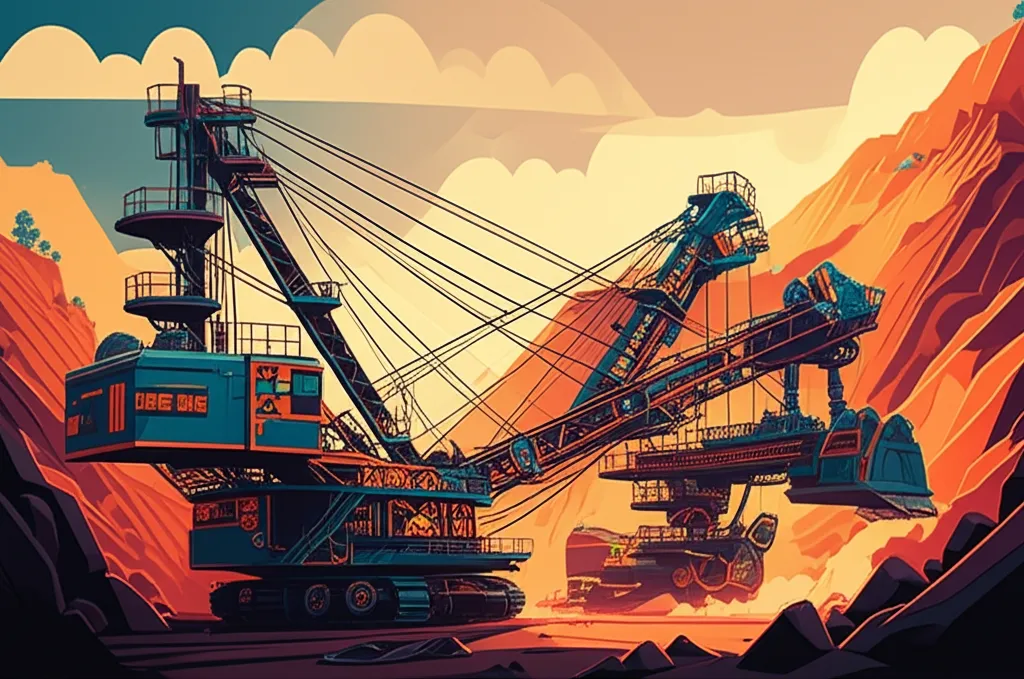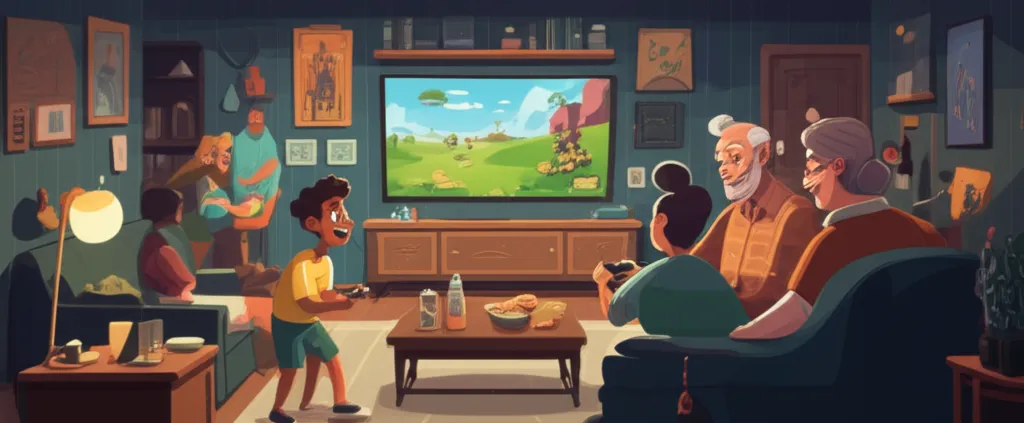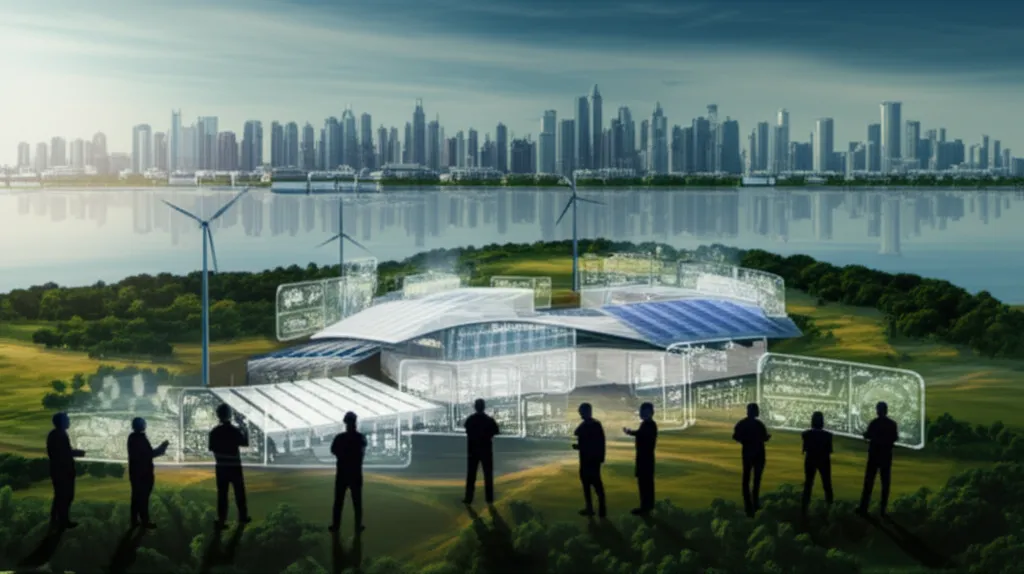Once, as a curious kid in Zambia, I slipped a chunk of rough copper into my pocket, feeling like a modern-day adventurer. I didn’t realize then that this humble mineral—mined for generations by my community—would become the backbone of global technology and climate solutions. Today, you and I are bound by copper and its fellow critical metals, from the devices in our hands to the dream of a greener tomorrow. Let’s dig into how a new era of mining, fueled by AI and a circular mindset, could rewrite the story beneath our feet.
Copper Underfoot, Stars Overhead: A Miner’s Realization
Imagine standing on Zambian soil, feeling the copper-rich earth beneath your boots and the endless stars above your head. Here, mining is not just an industry—it’s a birthright, a calling written in the land and in the sky. If you were born in Zambia, like so many before you, the story of copper is your story too. It’s a thread that ties your identity to the world’s future, weaving local pride with global necessity.
Everything We Use Stems from the Earth
Pause and look around you. The walls that shelter you, the windows that let in the light, the tables and chairs you use every day—each one owes its existence to the earth. Your phone, your computer, even the copper in your earrings or the silicon in your devices, all began as minerals or elements mined from the ground or grown from the soil.
"Everything we build and use was either grown or mined. From the walls to the windows, the tables and the chairs, your phones, your computers..."
This truth is easy to overlook, but it is the foundation of modern life. Critical metals mining, especially in places like Zambia, is the silent force powering our world. From the smallest circuit in your smartphone to the vast networks of renewable energy, copper and other critical metals are everywhere. They are the lifeblood of technology, infrastructure, and progress.
Zambia’s Copper Mining Heritage: Personal and Global
For you, if you grew up in Zambia, copper is more than a resource—it’s part of your heritage. The alignment of birth and geography means you are connected to a legacy that stretches back generations. Zambia’s copper mining heritage is not just about extraction; it’s about community, tradition, and resilience.
But today, this heritage is more important than ever. The world is changing fast. By 2050, the demand for green energy and advanced technology will require a massive increase in critical metals like copper, lithium, cobalt, and nickel. Experts predict that over 400 new mines will be needed by 2040 to meet these needs. The pressure is on, not just for Zambia, but for the entire planet.
Copper as a Thread Between Local Identity and Global Necessity
When you hold a piece of copper, you are holding a story that began deep underground and now connects people across continents. Zambia’s copper is found in electric cars in Europe, solar panels in Asia, and smartphones in America. The metal under your feet is shaping the future above your head.
- Local pride: Mining is woven into the fabric of Zambian life, supporting families and communities.
- Global impact: Zambia’s copper is essential for the world’s shift to clean energy and digital technology.
Circular Economy Mining: Rethinking Raw Material Use
But the old ways of mining—dig, use, discard—are no longer enough. The world is waking up to a new way of thinking: the circular economy. Circular economy mining means you don’t just extract and move on. Instead, you reclaim, reinvent, and maximize every resource. It’s about giving new life to what was once considered waste, and designing products so materials can be reused again and again.
- Reclamation: Recover valuable metals from old electronics and infrastructure.
- Reinvention: Design products for easy recycling and minimal waste.
- Maximization: Use every ounce of mined material efficiently, reducing environmental impact.
This shift is not just a trend—it’s a necessity. As demand for critical metals explodes, circular economy mining offers a path to sustainability. It challenges you to see beyond the surface, to recognize that every piece of copper, every mined element, is part of a bigger cycle. It’s about honoring the earth, respecting your heritage, and building a future where nothing is wasted.
The Zambian Spirit: Resilience and Innovation
In Zambia, the spirit of mining is matched by a spirit of innovation. You are part of a generation that can lead the way—combining tradition with technology, and local wisdom with global vision. The stars overhead remind you that your story is part of something vast and enduring. With copper underfoot and hope in your heart, you are ready to shape the future of mining, not just for Zambia, but for the world.
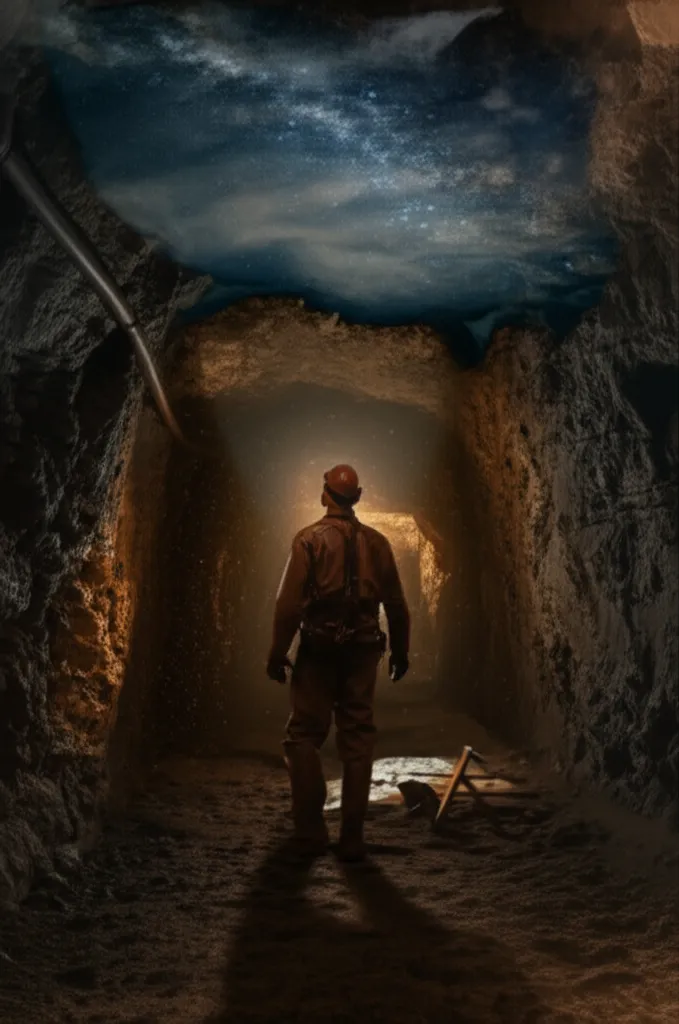
Predicting Ores, Not Just Outcomes: How Machine Learning is Changing the Game
Imagine standing on the rich red earth of Zambia, knowing that somewhere beneath your feet lies the copper, cobalt, or nickel that could power the next generation of clean energy. But here’s the challenge: finding these hidden treasures is ten times harder today than it was thirty years ago. Why? Because the mining industry has barely invested in the tools and technology needed for discovery. For every dollar returned to shareholders, less than a penny is spent on exploration research and development. Compare that to sectors like pharmaceuticals or tech, where every dollar returned is matched by a dollar invested in R&D. The result? Mining exploration tech has barely advanced, and ore discoveries have become rarer and riskier.
But you don’t have to accept this old way of thinking. Machine learning mineral exploration and predictive modeling ore discovery are changing the game, giving you the power to see beyond the surface—literally.
From Guesswork to Data-Driven Discovery
In the past, most ore bodies were easy to find. They poked out of the ground or sat just below the surface. Now, the easy pickings are gone. The vast majority of valuable deposits are still out there, but they’re deeper and harder to detect. The real problem isn’t a lack of ore—it’s a lack of information. If you had a crystal ball, you could look straight through the earth and pick the richest, cleanest rocks to mine. But you don’t need magic. You need AI mining exploration that can predict what’s hidden below.
Imagine being able to predict, with confidence, the concentration of copper a thousand meters below where you sit. Or knowing how fractured the rock is, how dense, how hard to extract. This is what modern machine learning and AI make possible. Instead of relying on a single guess, you can simulate thousands of possibilities, each one grounded in real data and physics.
Quantifying Uncertainty, Not Ignoring It
Traditional mining exploration often collects data by flying aircraft over vast distances, measuring the earth’s magnetic and gravitational fields. But here’s the catch: these measurements are two-dimensional, while the earth is three-dimensional. For every reading, there could be an infinite number of possible underground realities. The old approach? Pick one possible answer and ignore the rest. That’s like closing your eyes and hoping for the best. The result: suboptimal mines, wasted resources, and missed opportunities.
Now, with machine learning mineral exploration, you don’t have to settle for a single answer. You can embrace uncertainty and turn it into actionable insight. By simulating the physical response of every possible arrangement of rocks, AI can generate thousands of models that all fit the data. Each model tells you something different about what might be below the surface. You can then make smarter, more targeted decisions about where to dig next—reducing risk, saving money, and maximizing your chances of success.
"We do this ten thousand times faster by training an AI to learn the relevant physics of the rock beneath in the time it takes the conventional method to test one."
How Predictive Modeling Ore Discovery Works
- Data Collection: Gather geophysical data from satellites, aircraft, and ground surveys.
- Simulation: Use AI to simulate thousands of possible underground scenarios that match the data.
- Uncertainty Quantification: Instead of ignoring uncertainty, quantify it—know exactly how confident you can be in each prediction.
- Optimization: Identify the most promising locations for drilling, minimizing waste and maximizing returns.
Supercharging Mineral Exploration with AI
With machine learning and predictive modeling, you can move from guesswork to precision. AI mining exploration doesn’t just speed up the process—it makes it smarter. Where conventional methods might test one model, AI can simulate 10,000 in the same time. This means you can explore more ground, with less risk, and a higher chance of striking it rich.
The future of mining isn’t about digging more holes. It’s about digging smarter ones. By embracing machine learning mineral exploration and predictive modeling ore discovery, you’re not just predicting outcomes—you’re predicting ores themselves. And that’s how you change the game.
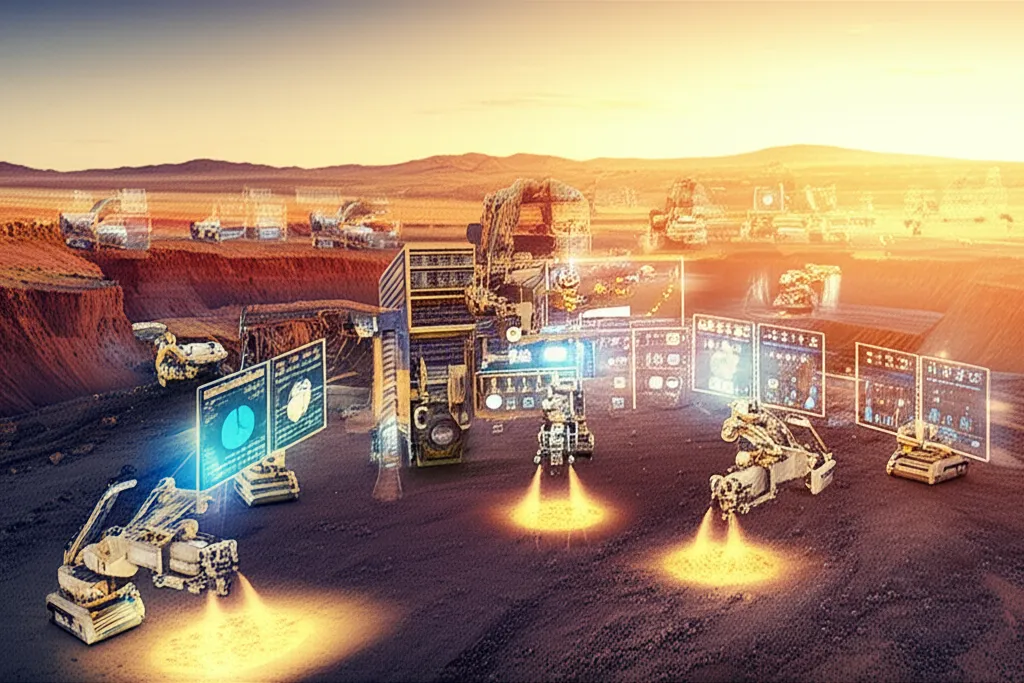
Designing Smarter, Kinder Mines: The Road to Sustainability (and a Wild Card Thought)
Imagine standing above a newly discovered ore body, a thousand meters of earth between you and the copper you hope to find. You have a single data point—a rock sample showing five percent copper. Now, you’re asked to predict what lies beneath your neighbor, or even across the city. This is the reality of mining: you’re always working with uncertainty. But in today’s world, uncertainty isn’t your enemy. It’s your guide, leading you toward smarter sampling, optimized infrastructure, and ultimately, more sustainable mining practices in Zambia and beyond.
The mining industry is changing. Investment trends are shifting, with a new focus on environmental, social, and governance (ESG) priorities. No longer is it just about extracting as much metal as possible. Now, it’s about reducing the environmental impact of mining operations, supporting local communities, and building resilient businesses that can weather the ups and downs of global commodity prices. Zambia’s latest mining projects are at the forefront of this movement, setting new standards for what responsible mining can look like.
But how do you design a mine when you’ve only sampled a tiny fraction of the rock? The answer lies in embracing uncertainty and using it to your advantage. With advanced mine design optimization tools, you can build models that consider not just one possible future, but many. Each model is a different version of the mine—a choose-your-own-adventure story, where every decision leads to a new outcome. Some models predict more metal, others less. Some show higher waste, others lower water use. The difference between these models is more than just numbers; it’s the measure of your uncertainty, and the key to making better decisions.
This is where technology shines. In Zambia, innovative tools are helping mining teams decide where to drill next, when to stop exploring, and when to start building. These tools analyze countless scenarios, weighing the risks and rewards of each. They help you decide where to put permanent infrastructure, like shafts and tunnels, so you can maximize ore recovery and minimize waste. They guide day-to-day operations, making mines safer, leaner, and more profitable. But most importantly, they make mines kinder—to the environment, to workers, and to the communities that depend on them.
"It means a safer mine knowing where the rocks are weaker. It means an environmentally sustainable mine so we can lessen our impact on the environment."
With better predictions, you don’t just boost profits. You create safer working conditions by identifying weak rock zones before anyone sets foot underground. You use less water, generate less waste, and leave a smaller footprint on the land. You build resilience into your business, ensuring steady cash flows that support local jobs, businesses, and families—even when copper prices fluctuate. This is the promise of sustainable mining practices in Zambia: a future where mines are not just sources of wealth, but engines of community well-being and environmental stewardship.
The Zambian mining project is a living example of this new approach. It’s being designed by a diverse team, drawing on talent from around the world and the heart of Africa. Every decision is informed by data, every model is tested against reality, and every outcome is weighed for its impact on people and the planet. The project is setting new benchmarks for mine design optimization tools, showing how the industry can move beyond profit and toward a more sustainable, inclusive future.
Now, here’s the wild card thought: What if every mining project was treated like a living, evolving story? What if, instead of locking into a single plan, you kept adapting—using real-time data, local knowledge, and global best practices to choose the best path forward at every turn? The future of mining could be as dynamic and creative as the people who drive it. By embracing uncertainty, investing in smarter tools, and putting community and sustainability at the center, you can help write the next chapter for mining in Zambia—and for the world.
The road to sustainability isn’t a straight line. It’s a journey full of choices, challenges, and surprises. But with the right mindset and the right tools, you can design mines that are smarter, kinder, and truly built to last. The future of mining is yours to shape—one data point, one decision, and one community at a time.
TL;DR: The future of mining demands more than digging deeper—it requires smarter, cleaner approaches. With AI, machine learning, and circular economy ideals, today’s innovators (inspired by places like Zambia) are transforming how we discover and manage critical metals. The goal: more responsible mines, resilient supply chains, and a planet-friendly tech revolution.
